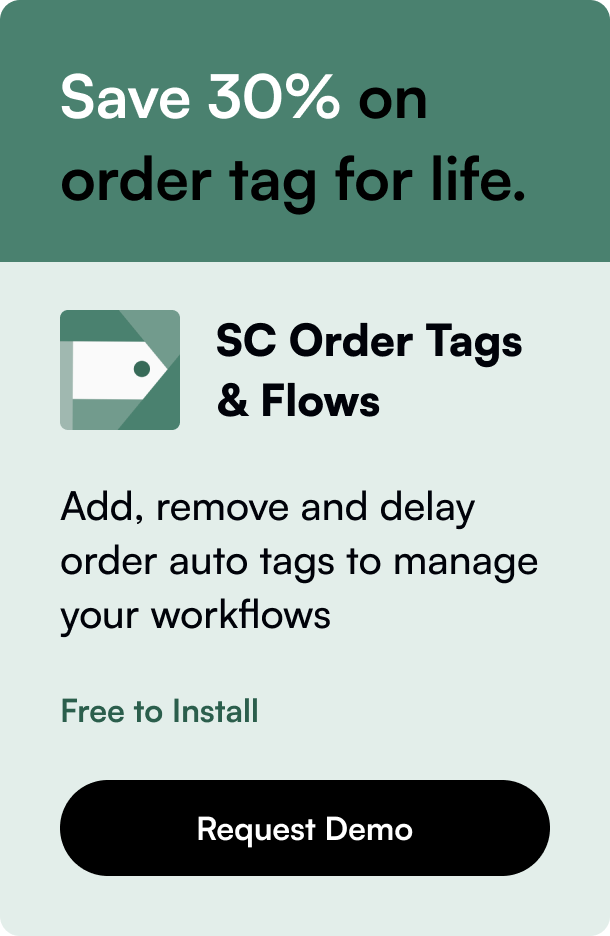Table of Contents
- Introduction
- Understanding Shopify's GraphQL API for Order Retrieval
- Examples: Crafting Effective Queries
- Conclusion
- FAQ Section
Introduction
Have you ever pondered the labyrinth of an online store's back end—how with a few code lines you could pull out diverse arrays of data from vast databases? Specifically, for Shopify merchants and developers, gathering information on orders is crucial for smooth operations. With Shopify's GraphQL API, extracting order details transforms into a more precise and efficient task. In this blog post, you'll dive deep into the nuts and bolts of using the GraphQL API to retrieve orders on Shopify, exploring various query nuances and filters that make this process seamless. As we navigate through examples and explanations, you can anticipate wrapping up this read with an actionable understanding of running effective queries using shopify graphql get orders.
Understanding Shopify's GraphQL API for Order Retrieval
Behind the scenes of every Shopify store, there's a dynamic and interactive structure where data points crisscross, holding within them valuable insights. Let's delve into how we can access this data through the GraphQL API.
The Mechanics of Order Queries
Shopify's GraphQL API permits an intricate querying of orders. From the initial handshake of your app with Shopify's servers to the final query construction, the following elements are pivotal:
- OrderConnection: This is the crux of our pursuit, a guide for collecting orders based on arguments like after, before, first, last, query, reversed, savedSearchId, sortKey, and more.
- Filtering: Apply a single or combination of filters to zone in on specific order details. This sifts through the expanse of order data so that you retrieve only the information that you require.
- Sorting and Pagination: GraphQL API allows the list inversion based on a sort key, along with navigational help through the use of cursors for effective data pagination.
Intertwined with these are numerous properties and fields you can query, such as financial and fulfillment statuses, applied discounts, customer details, and more. However, using these aspects efficiently requires a certain savvy—where filter values and query structuring play an essential role.
Enhanced Query Experience
The narrative doesn't end with simply retrieving orders; there's an art to crafting queries that return the data you seek. Integrating the right filter parameters, like risk_level or fulfillment_status, demands knowing the exact values they accept. For instance, the GraphQL definition for risk_level accommodates values such as HIGH, MEDIUM, and LOW, while the financial_status filter accepts paid or authorized in lowercases.
A mastery of these deductions and the ability to formulate structured queries expand your toolkit for engaging with Shopify's deep-rooted order info chest. It's about stitching together pieces that correspond in both terms and supported values.
Examples: Crafting Effective Queries
Let's imagine a few scenarios that could arise from the daily grind of an e-commerce platform and explore the queries that would be our key to unlocking the necessary data.
Basic Query Structure
graphql
{
orders (first: 10, sortKey: CREATED_AT) {
edges {
node {
id
email
totalTaxV2 {
amount
}
lineItems (first: 5) {
edges {
node {
title
quantity
}
}
}
}
}
}
}
In the above structure, you are laying out the blueprints to extract the first ten orders made, including details like tax amounts and the first five line items of each order.
Advanced Filtering and Pagination
Assume you're tasked with getting orders with specific financial statuses for reporting. Here's how you'd go about it:
graphql
{
orders (query: "financial_status:paid", first: 5) {
edges {
node {
... OrderDetails
}
}
pageInfo {
hasNextPage
}
}
}
This query will gather the first five orders that have been marked as paid, ready to bear their details for your reporting needs, plus info indicating if there are more pages of data.
Dealing with Complex Filter Parameters
Now let's consider extracting orders based on the risk level. Here’s how it's done:
graphql
{
orders (query: "risk_level:high", first: 10) {
edges {
node {
id
riskLevel {
display
}
}
}
}
}
With the use of correct parameters, this query returns an array of high-risk orders, identifying potential fraud assessments for scrutiny.
Conclusion
Ingesting information from a trove of Shopify's orders through its GraphQL API feels akin to an engrossing treasure hunt. By comprehending its operations intricately, sketching your needs accurately, and pertaining details methodically, you unlock a realm brimming with order management facilities. It's through practices like these that business flow thrives, informed decisions arise, and future projections solidify their ground.
FAQ Section
How can I handle paginated results from a Shopify GraphQL order query?
To navigate through paginated results, use the pageInfo object, which includes boolean fields hasNextPage and hasPreviousPage, along with cursor-based navigation obtained from query edges.
Are there any limitations on accessing past orders through the GraphQL API?
As a standard, only the last 60 days' worth of orders are accessible, but with the read_all_orders scope, more historical data can be queried.
Can I filter orders by date range using Shopify's GraphQL API?
Sure, filter using the created_at field within your GraphQL query, employing comparison operators to define the range.
How do I ensure my queries only fetch orders with shipping information?
Include a filter parameter in your query like query: "shipping_address:*" to ensure only orders with shipping information are retrieved.
Is it possible to refine queries to include specific fields from a line item in an order?
Absolutely, inside the lineItems connection node, specify the fields you wish to retrieve, such as title, variantTitle, or quantity.








